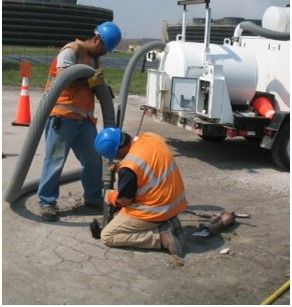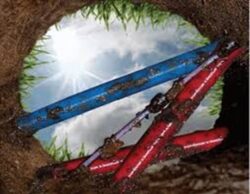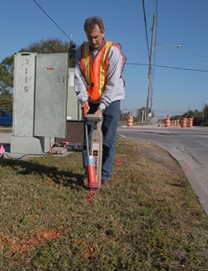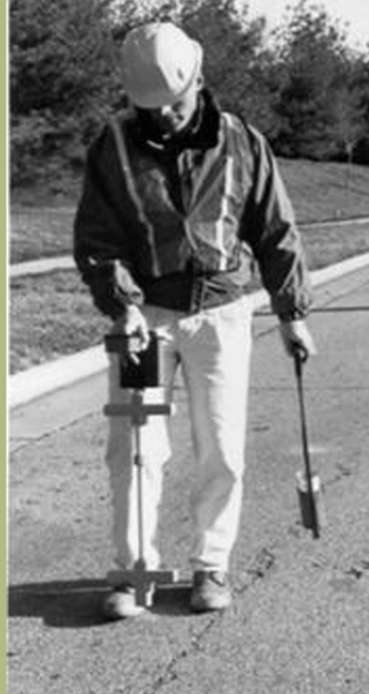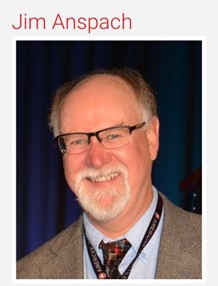#SubsurfaceUtilityEngineering
Post-11
After meeting with So-Deep, Jerry Poston, Jim Overton, and I returned to the office. It was all very overwhelming. Jerry Poston said he felt like a small dog in tall grass (a favorite expression of his). Most of what the So-Deep people told us was way over my head. I kind of got the designating and locating part but there was so much more that they were doing. I did get, however, that they had found a way to locate subsurface utilities from above the ground before the backhoe found them.
In our early FHWA days, we had all experienced the trauma caused by delays when unknown utilities were damaged, and projects were delayed. We believed that So-Deep had something that the State DOTs needed to be using on all projects, especially Federal-aid projects.
I hope you are beginning to see that Jerry Poston is an unsung hero of Subsurface Utility Engineering. He was the one that convinced everyone at FHWA that Subsurface Utility Engineering needed to be considered for use on every federally funded project involving excavation. But that is not all. Firstly, as an officer in the U.S. Army Reserves in the 1980s, Jerry headed a team that developed a plan of attack that General Norman Schwarzkopf followed early in 1991 to secure one of the most lopsided victories in modern warfare driving the Iraqis out of Kuwait. Secondly, shortly after arriving in Washington, Jerry was assigned to a multi-office team that developed the FHWA’s version of the Intermodal Surface Transportation Efficiency Act of 1991 (ISTEA, pronounced “Iced Tea”). This legislation was hailed as a turning point in the history of surface transportation in America. Instead of focusing on just highway transportation, ISTEA emphasized intermodalism – the linking of highway, rail, air, and marine transportation. It also created the National Highway System, replacing the outdated Interstate, Primary, and Secondary systems. And thirdly, only a few years after taking the Branch Chief position Jerry was promoted and became Chief of the Federal-aid and Design Division.
So, we came back from our visit with So-Deep and began brainstorming. There was no doubt in our minds that there was a whole world of utilities underground (see picture). If utility facilities had been located aboveground, they would have been surveyed, placed on preliminary design plans, and considered when designing new facilities. We were also aware that utility as-built information was typically not very good and highway designers were reluctant to use it.
So, we started talking about what we could do. Jerry started by telling us that Subsurface Utility Engineering would “revolutionize the way utilities were handled on highway projects” and that we had to start getting the word out.
I’m out of room for this week. Next week we will take an in-depth look at the FHWA plan we came up with.

